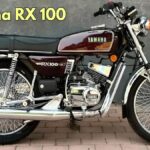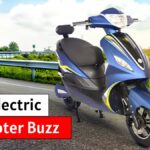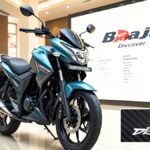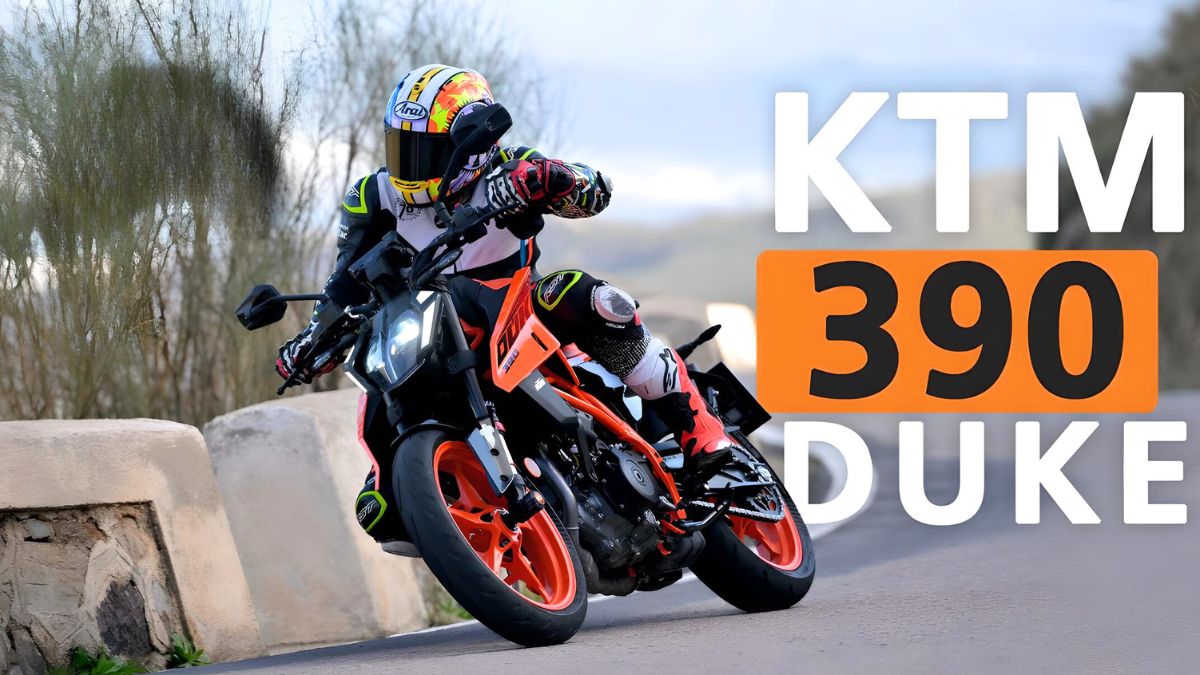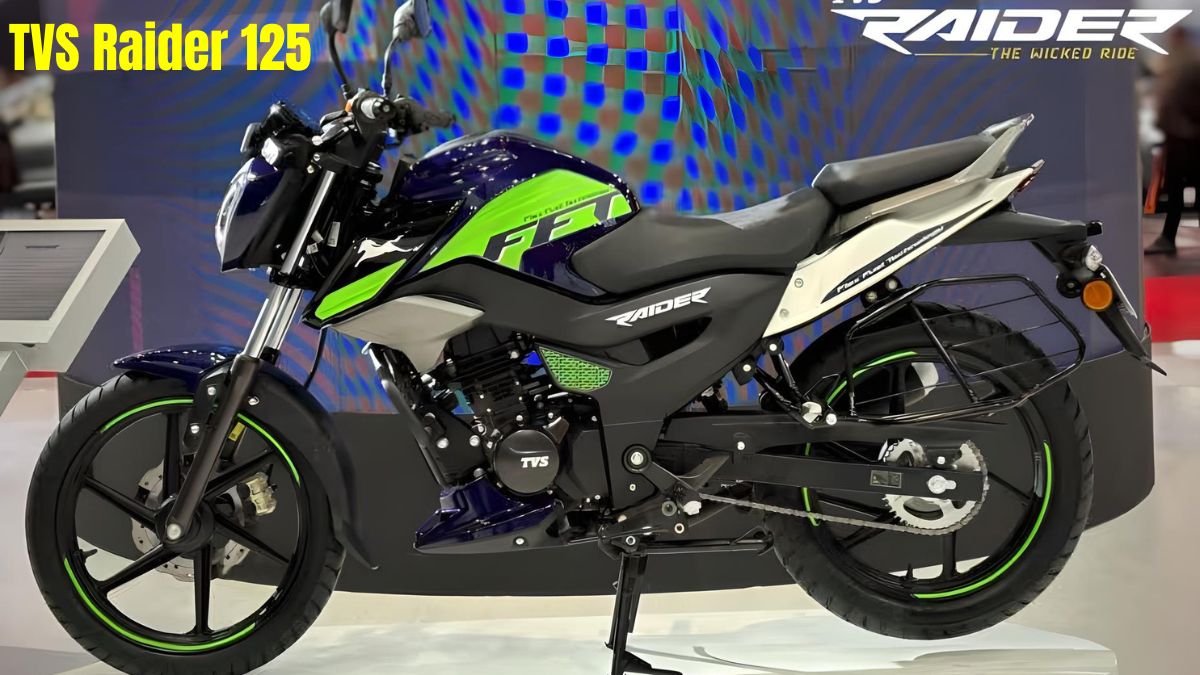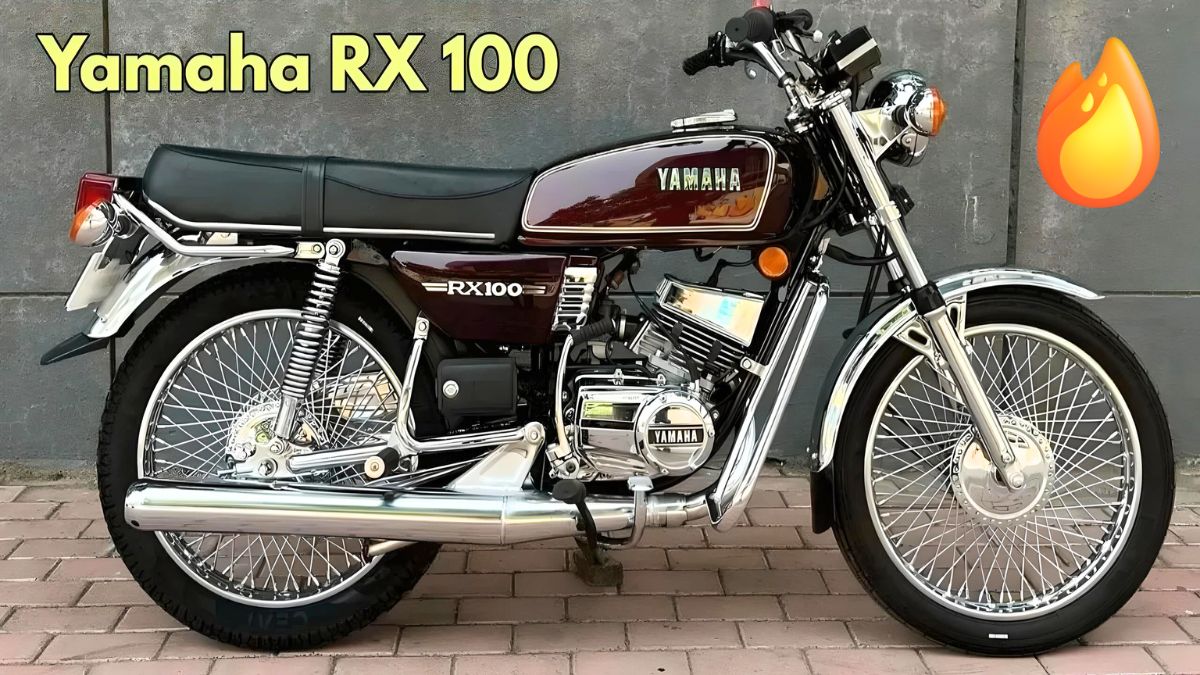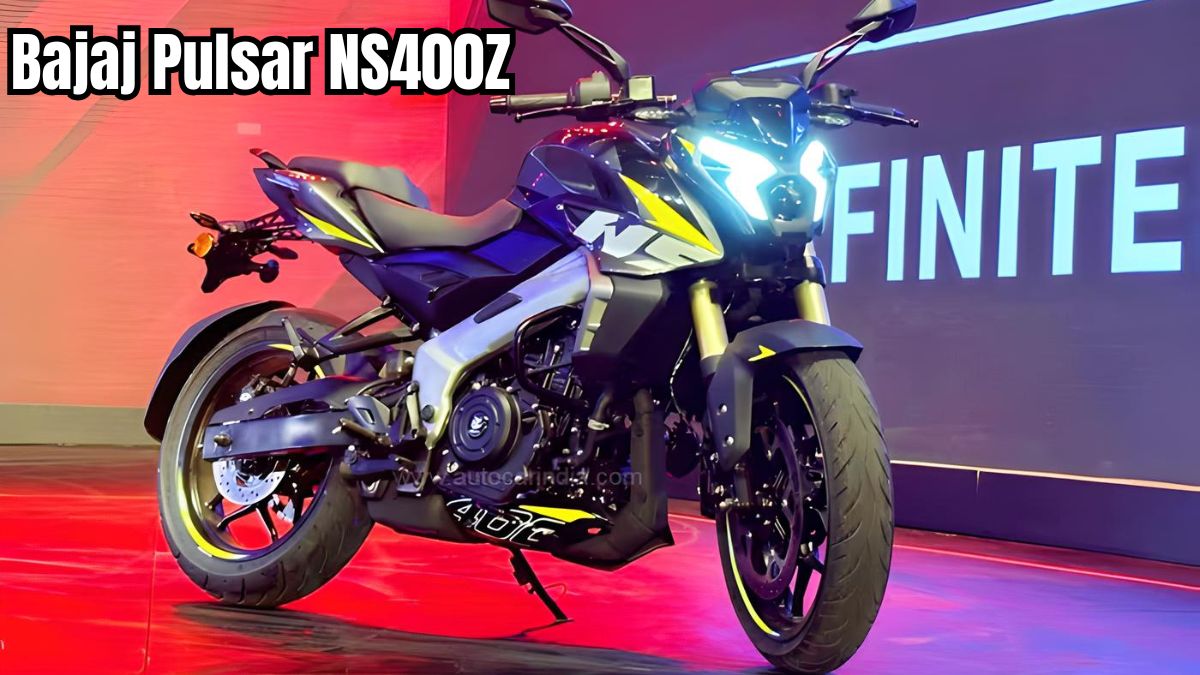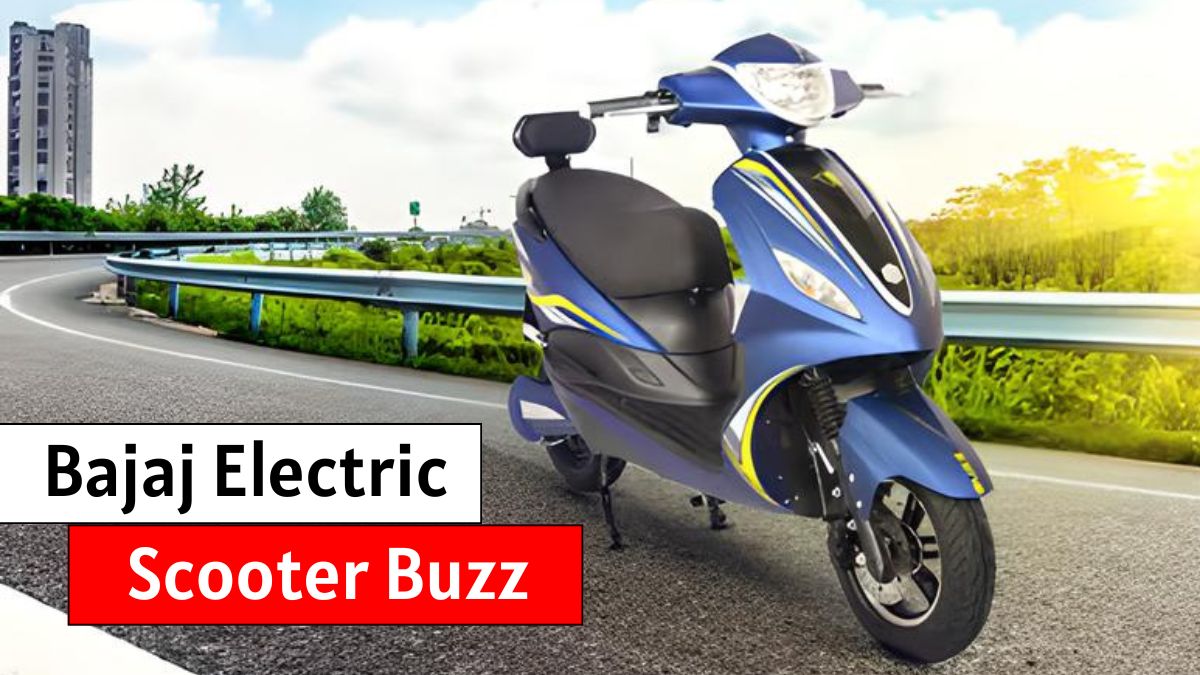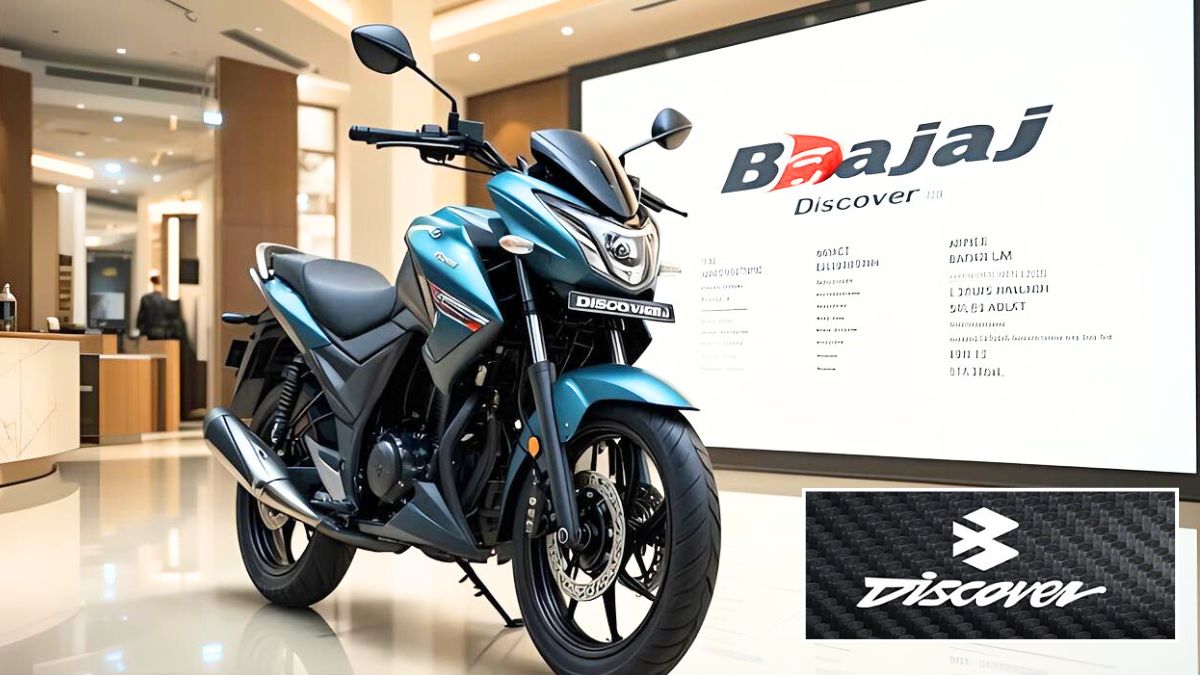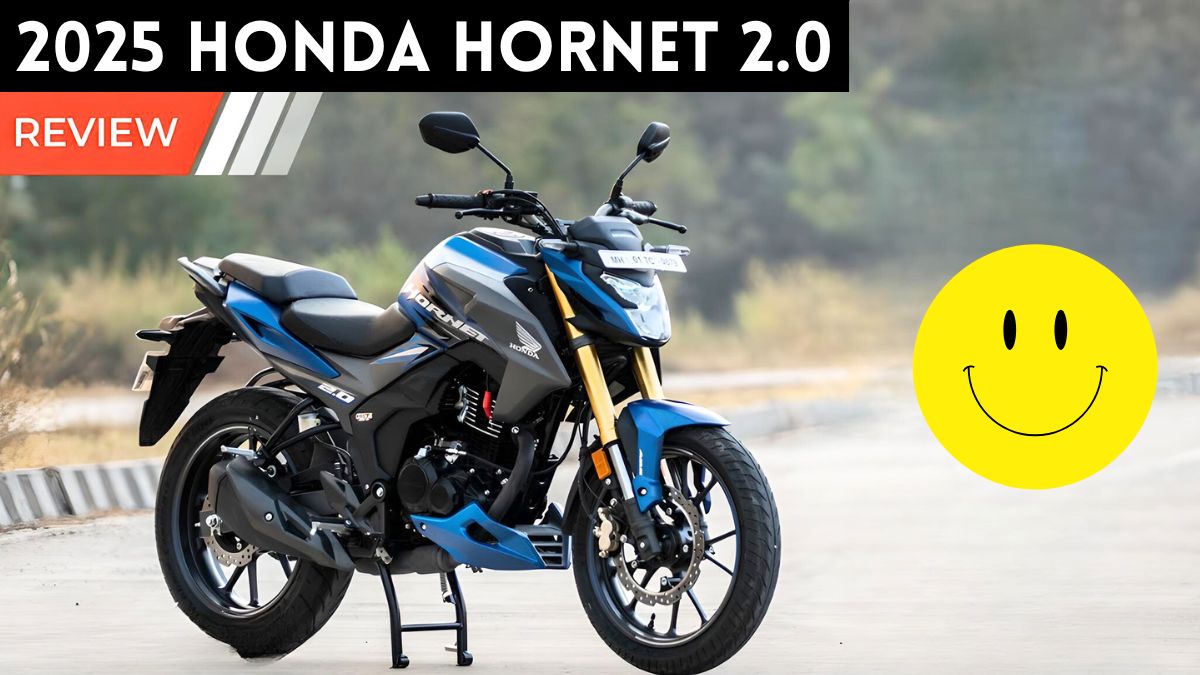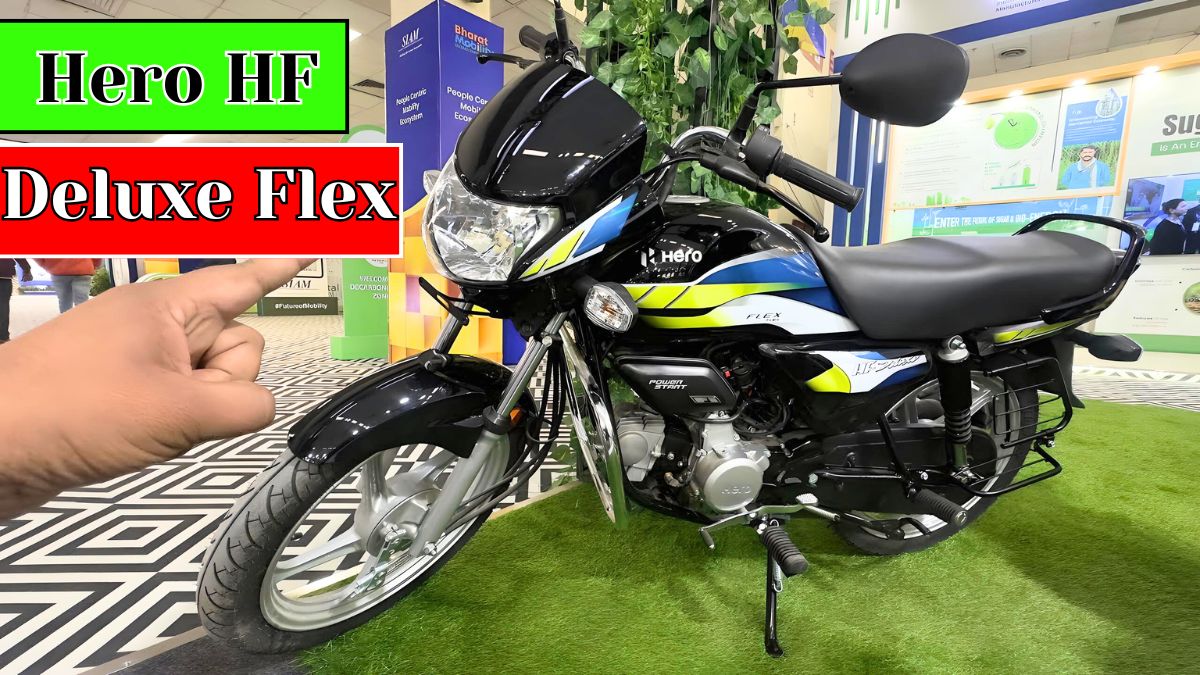TVS Apache RTR 160 2V – TVS is back in the spotlight, this time teasing the upcoming 2025 versions of two of its most loved street bikes — the Apache RTR 160 2V and Apache RTR 180. After updating the RR 310 and RTR 200 4V earlier this year, TVS is now focusing on refreshing these two classics, and they’re expected to bring a mix of stricter emissions compliance, updated styling, and maybe even a few new features.
Let’s break down what you can expect from the 2025 Apache RTR 160 2V and RTR 180.
Emission Compliance – What’s New?
First off, both bikes will be updated to meet the latest OBD-2B emission norms, which are more stringent than before. These standards are part of the Indian government’s push for cleaner air and more efficient engines. That means TVS has fine-tuned these engines to meet the new rules, but thankfully, performance levels are not expected to take a hit.
Engine Specs – Power Stays Familiar
The Apache RTR 160 2V continues with its reliable 159.7cc air-cooled SOHC engine. It delivers a healthy 16.04 PS and 13.85 Nm of torque in Sport mode. If you’re riding in Urban or Rain mode, the power dips a bit to around 13.32 PS and 12.7 Nm, which helps in slippery conditions or fuel saving.
This model also comes with a 5-speed gearbox and can hit a top speed of 107 km/h in Sport mode — not bad at all for a city-friendly bike.
On the other hand, the Apache RTR 180 comes with a bigger 177.4cc oil-cooled engine. It’s slightly more powerful at 17.02 PS and 15.5 Nm in Sport mode, dropping to 14.54 PS and 14.2 Nm in Urban and Rain modes. Top speed? A claimed 113 km/h, giving it a small edge over the RTR 160.
Design Updates – Fresh But Familiar
The new versions of the RTR 160 2V and RTR 180 are expected to get visual touch-ups. You might see new graphics, refreshed tank designs, and possibly a few new paint schemes. This is similar to the styling update TVS gave the 2025 RTR 200 4V recently.
So, while the silhouette of the bikes will remain familiar to Apache fans, you’ll definitely notice a more aggressive, sportier look when they hit showrooms.
Frame, Suspension and Braking – Same Solid Setup
The chassis and suspension setups are likely to stay unchanged, which is a good thing. Both bikes use a double cradle frame, with telescopic forks at the front and twin shock absorbers at the rear.
The bikes ride on 17-inch wheels, and while the RTR 160 comes in disc-drum and disc-disc versions, the RTR 180 only comes with disc brakes at both ends. The rear tyre on the RTR 180 is slightly wider too, which gives it better road grip.
For safety, both bikes get Super-Moto ABS (single-channel) and Roto Petal disc brakes for better heat dissipation. The tyres are the trusty Remora units — good enough for daily rides and weekend fun.
Tech Features – Connected Ride Experience
One of the most underrated features of these bikes is the SmartXonnect system. Yes, both the RTR 160 2V (top variant) and RTR 180 come with Bluetooth connectivity, letting riders pair their phones to the bike.
The features you get include:
- Call and SMS alerts
- Turn-by-turn navigation
- Crash alert
- Lean angle display
- Low fuel warning
- Race telemetry (for the enthusiasts)
You also get a fully digital instrument cluster, which looks clean and shows all necessary info at a glance.
Pricing and Launch Details
TVS hasn’t officially confirmed the exact launch date, but with teaser images already out, the launch seems right around the corner — likely in the next few weeks.
Price-wise, don’t expect a massive jump unless there are major tech additions. The current RTR 160 2V starts at Rs 1.21 lakh (ex-showroom), with the SmartXonnect variant priced at Rs 1.29 lakh. The top Racing Edition goes for around Rs 1.30 lakh.
The Apache RTR 180 is available in just one variant right now — the RM Disc BT, priced at around Rs 1.35 lakh.
Final Thoughts – Worth the Wait?
If you’re in the market for a performance-oriented commuter that delivers good looks, solid performance, and modern tech — the updated Apache RTR 160 2V and RTR 180 could be a great choice. They’re ideal for daily riders who want something fun yet practical, and for those upgrading from smaller-capacity bikes.
TVS seems to be playing it smart here — keeping what works and adding just enough to keep things fresh. Whether you’re a college student, a working professional, or just someone who loves riding, these Apaches are still worth your attention in 2025.



